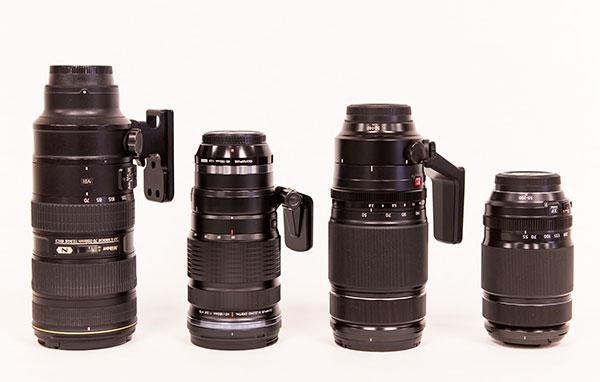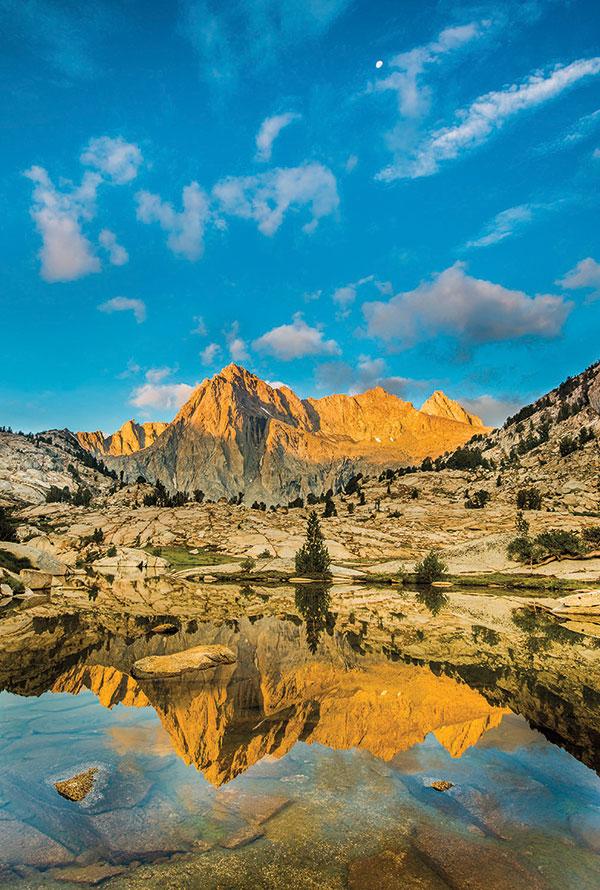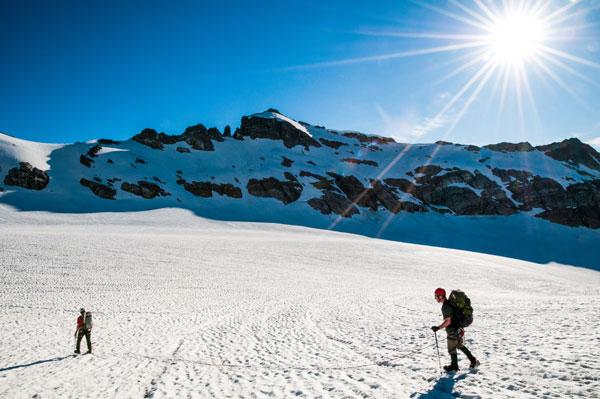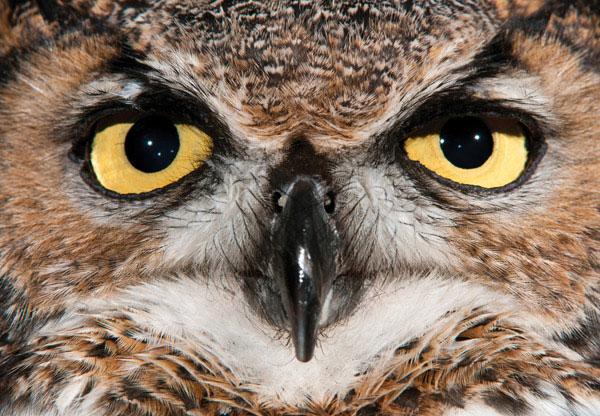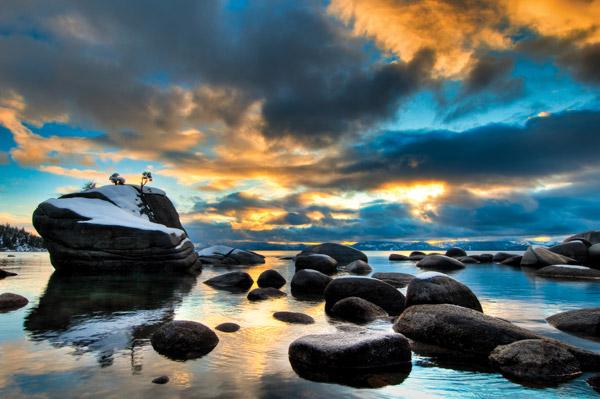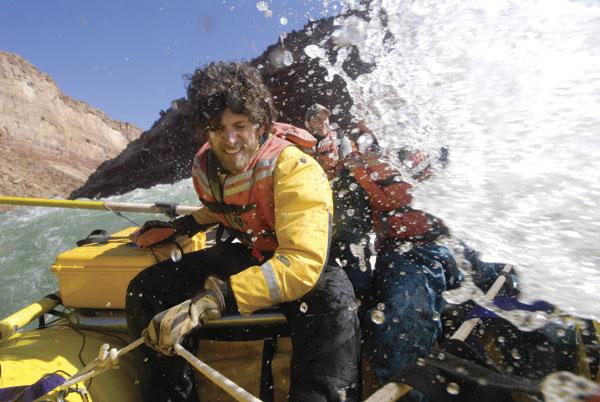Josh Miller
|
Jan 12, 2015
|
Aug 05, 2014
|
Apr 15, 2014 |
First Published: Mar 01, 2014
|
Feb 11, 2014 |
First Published: Jan 01, 2014
|
Aug 23, 2013 |
First Published: Jul 01, 2013
|
Jun 13, 2013
|
May 21, 2012
|
Aug 26, 2011 |
First Published: Jul 01, 2011
